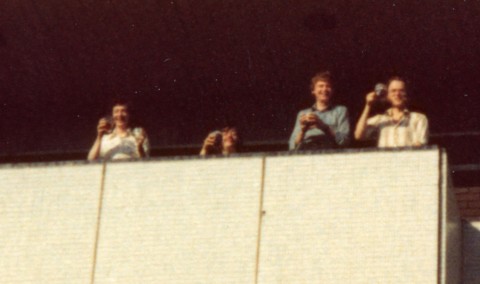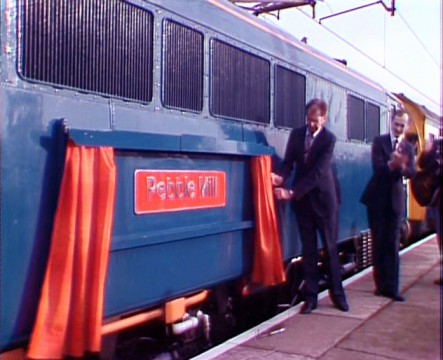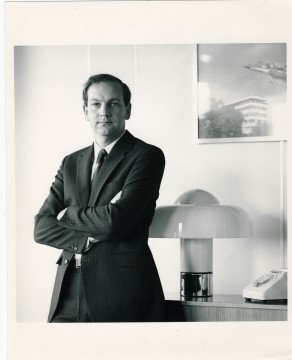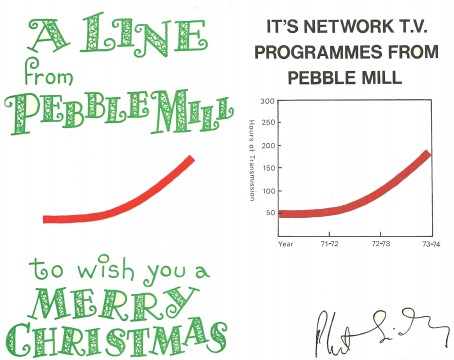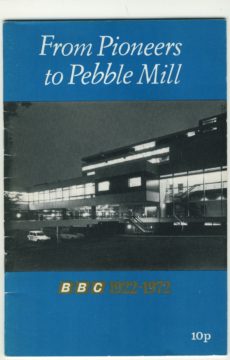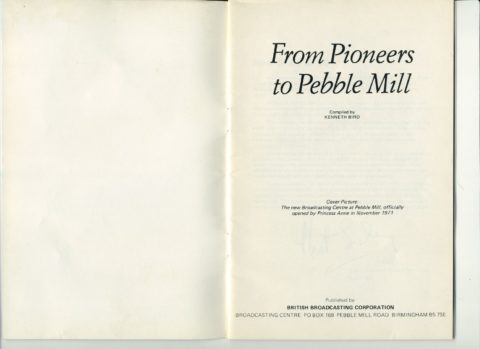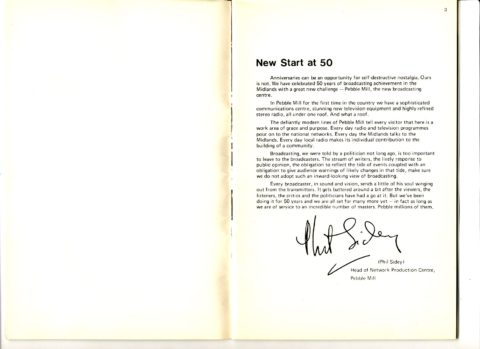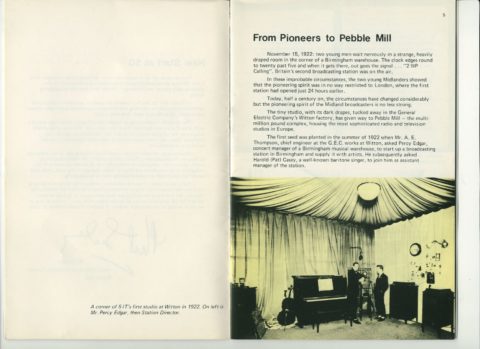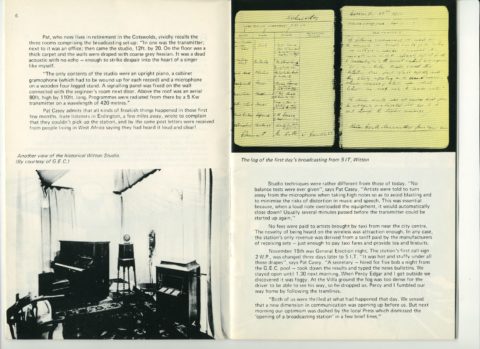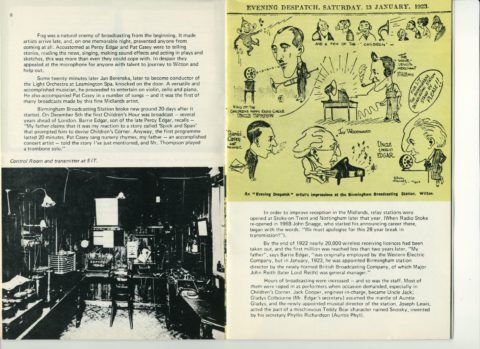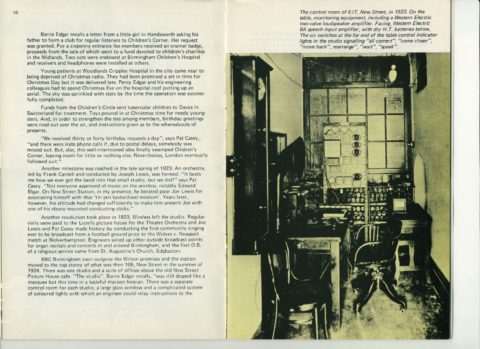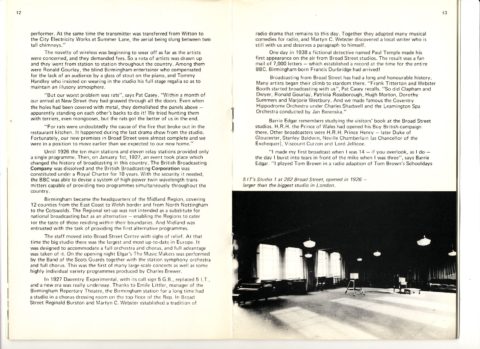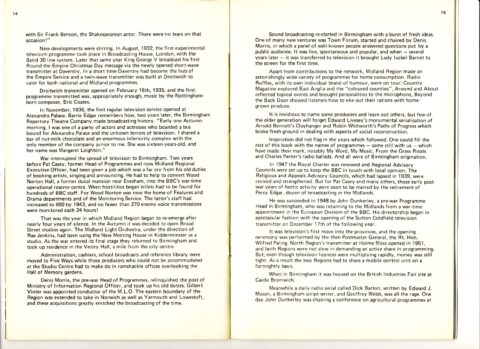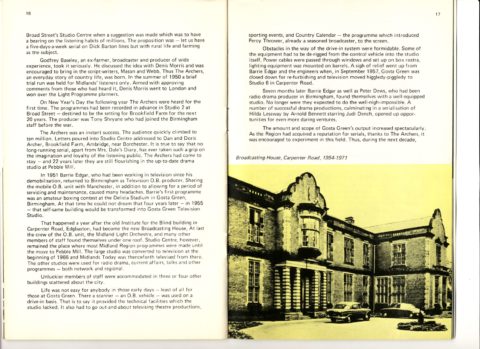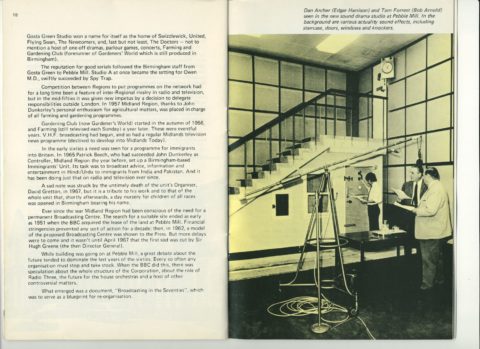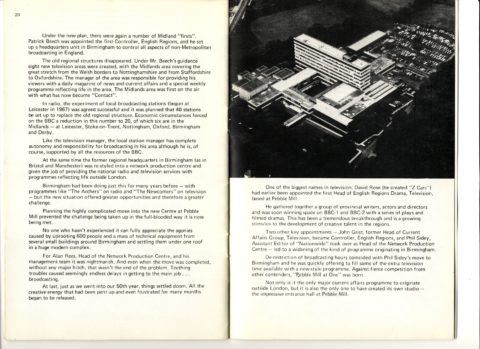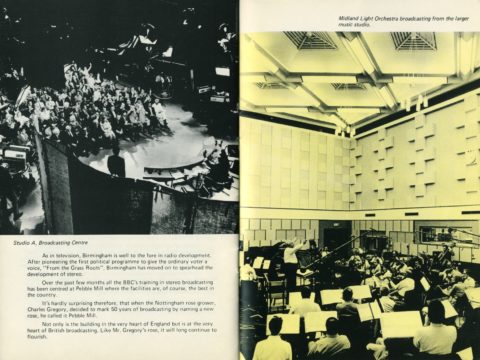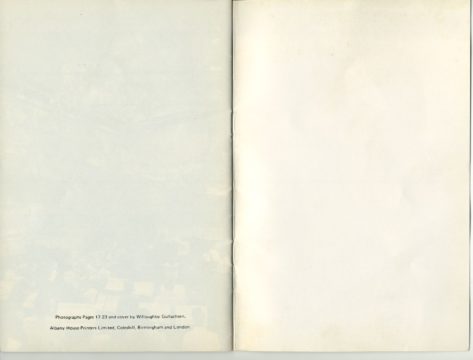2nd Floor Bar
The second floor bar, or VT-C to some, was instrumental in the early success of Pebble Mill.
It was a place were everyone involved in a production could meet before, during or after a programme and chew the cud over what went horribly wrong or what went wonderfully right about a show.
This freedom of opinion was crucially important in making producers choose to bring their babies to PM. They loved it and were suddenly free of the ‘unionised’ structure of Telly Centre (which was caused by dreadful bad management) and could relax, as equals, in the talented and artistic world of ‘The Mill’.
Directors were astonished to find they could have conversations over talkback with cameramen and VT instead of relying on nods and buzzers.
It was London’s jealousy, caused by producers ‘wanting’ to work at The Mill, that was its eventual downfall. That moment was continually pushed back by Phil Sidey who would regale us, often at big meetings in the boardroom, with stories of his battles with management, much to the horror of management I’m delighted to say!!
The nearest I got to the feeling of Pebble Mill’s last days was when I worked on the final edition of the ‘Big Breakfast’. So many people came out from the party and stood on the grass just looking at the house. Many in tears, many just stunned, but all in complete bewilderment as to why it should happen and how awful the replacement was.
So, the managers move BBC Birmingham to the Mailbox and contract to pay £2.4m a year for 25 years, instead of £800, just because of jealousy.
If they’d all gone to ‘The Club’ things could have been so different.
Keith Brook (aka. Scouse)
The following comments were left on the Pebble Mill Facebook Group:
Cathy Houghton: ‘The bar on the 2nd floor was the best and yes the BBC lost a treasure when they made the decision to close the Mill .. ‘
Lynn Cullimore: ‘a lot of creative ideas came to pass in that bar!!!’
Pete Simpkin: ‘The original second floor bar was often thought of as an extension of the Radio Birminham newsroom on the floor below. There was great excitement when the journos heard the Newsroom was moving to that exact spot in the expansion of the Local Radio facilities but this turned to bitter disappointment when on arrival in their new newsroom the beverage dispensing facilities had been moved outside the main building to separate premises!’
Andy Marriott: ‘Are there any photos of the interior of the bar? I came along to the mill far too late to have witnessed it. I loved the fact there was such an informal place to relax in after (and in some cases, before!) work.
Working at MediaCity just doesn’t compare, having to remortgage your house for a tiny bottle of fizzy gnat’s pi** while sitting in the same uncomfortable plastic seats you eat your overpriced lunch at just isn’t the same. It seems every time the BBC moves to a new building, a little bit of its soul dies with it.’
Stuart Gandy: ‘My first memory of the old bar was actually on rum punch day. Having spent 3 months on my A course at Wood Norton in the autumn of 1979, I spent just a couple of days at pebble Mill before the Christmas break, but before I officially started there in the January. One of these was rum punch day. Of course I didn’t know what that meant when my new colleagues said it was rum punch, but none the less I went to the bar to find out, and there began my knowledge of this old Pebble Mill tradition. The bar was rammed full including the outside balcony, with the punch being served at the far end so it was quite a challenge to actually get to it. Happy memories of the old place.’
